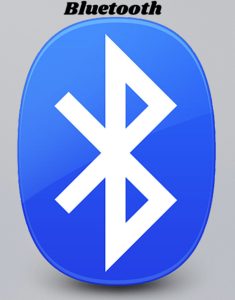
The Bluetooth SIG has officially unveiled the new Bluetooth 6.2 specification, which brings a number of important improvements to the world’s most widely used wireless communication standard. Instead of making drastic changes, the update focuses on evolutionary development: increased performance, improved security, and even easier integration between devices. With these improvements, Bluetooth 6.2 promises to make connections not only 20 times faster, but also more stable and energy efficient.
What’s new in Bluetooth 6.2
The main update is Bluetooth Shorter Connection Intervals. Now the minimum connection interval for Bluetooth Low Energy (LE) has been reduced from 7.5 ms to 375 µs – 20 times faster. This dramatically reduces signal latency, increasing the responsiveness of devices. The advantage will be felt by sensors, human-machine systems, medical and automotive equipment where instant response is important.
Another innovation is HCI USB LE Isochronous Support with Bulk Serialization Mode (BSM). It standardizes the transfer of isochronous data over
Bluetooth 6.2 has become not only faster but also safer. The new standard has increased resistance to radio frequency attacks, including attempts to interfere with the signal amplitude. This strengthens the protection of connections in smart homes, cars, and industrial systems. In addition, the update introduces LE Test Mode Enhancements, the only wireless protocol for PHY layer testing. This allows engineers to test the quality of communication without cables, which greatly simplifies the development and testing of Bluetooth devices.
While not a game-changer, Bluetooth 6.2 is an important step forward for the entire wireless ecosystem. Its improvements – from faster connections and reduced latency to greater security and ease of testing – are particularly important for industries where real-time response and communication stability are critical. At the same time, the development of Bluetooth LE Audio, which is already supported in the new versions of Windows 11, confirms that the direction chosen by the Bluetooth SIG is not only evolutionary, but also a strategically correct step towards the next generation of wireless interaction.

